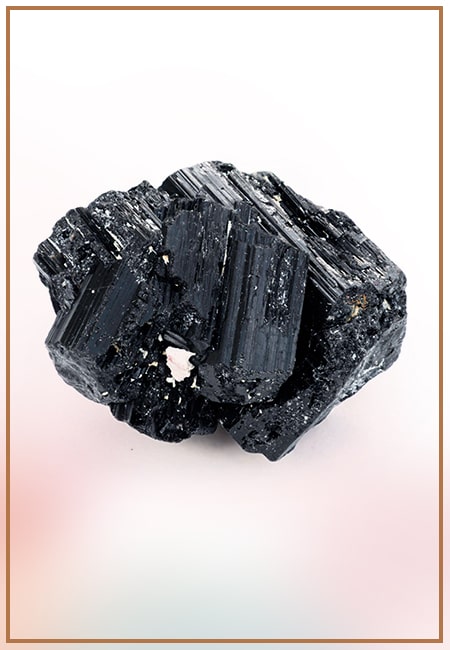- Written By Team DWS
- Festivals
- April 10, 2025
Holy Week Explained: The Role of Good Friday in the Christian Tradition
Holy Week is the pinnacle of the Christian Liturgical Year, marking the events leading up to Easter Sunday, which celebrates the resurrection of Jesus Christ. This week is steeped in ritual and significance, with each day focusing on a different aspect of the passion narrative. Among these, Good Friday holds a particularly somber yet profound place in the hearts of Christians around the world.

What is Good Friday?
Good Friday is observed on the Friday preceding Easter Sunday and commemorates the crucifixion of Jesus Christ, a pivotal event in Christian theology. According to the New Testament, Good Friday marks the day when Jesus was betrayed by Judas Iscariot, arrested, tried, and ultimately crucified at Golgotha, a site outside Jerusalem. The term "Good" in Good Friday is understood by many biblical scholars to mean "holy" or "pious," reflecting the day’s pivotal role in the story of redemption.
The Passion Narrative
The events leading up to Good Friday are recounted in the Gospels of Matthew, Mark, Luke, and John, forming what is known as the Passion narrative. This encompasses Jesus' final meal with his disciples on Maundy Thursday, during which he established the Eucharist. Subsequently, Jesus undergoes intense sorrow in the Garden of Gethsemane, is betrayed by Judas, and endures a succession of unfair trials before both Jewish and Roman officials.
The significance of these events cannot be understated. They paint a picture of innocence suffering for the sake of humanity. Good Friday serves as a stark reminder of the sacrifice that Jesus made—a sacrifice that Christians believe was for the redemption of sins. In this light, Good Friday becomes more than just a day of mourning; it encapsulates the belief in the profound love and grace offered to humanity through Christ's suffering.
Traditions and Observances
Good Friday is marked by various traditions and observances around the world. Many Christian denominations hold special services that include the reading of the Passion narrative, reflections on the significance of the crucifixion, and somber hymns. In many churches, altars are stripped of decorations, and crosses are often draped in black to symbolize mourning.
One of the central rituals on Good Friday is the Stations of the Cross, which commemorates the 14 stations representing events that occurred on the day of Jesus' crucifixion. Many congregations walk through these stations, pausing to reflect on each moment of Jesus’ suffering. This act serves as a meditative way to connect their personal experiences of suffering and pain with those of Christ.
Fasting and abstinence also form part of Good Friday observances for many Christians. The tradition of abstaining from meat reflects a form of penance and focuses on self-denial as a means to reflect on the suffering of Jesus. This day often calls for a deep introspection concerning one's life choices, motives, and spiritual condition.
Symbolism of the Cross
The cross is the most significant symbol of Good Friday and, indeed, of the Christian faith. It represents Jesus' ultimate sacrifice and is a powerful emblem of hope and salvation. On Good Friday, many churches conduct the veneration of the cross, where worshippers come forward to kiss or touch a representation of the crucifix as a sign of respect, love, and gratitude for Jesus' sacrifice.
In Christian theology, the cross represents a paradox: an instrument of death becomes a symbol of eternal life. This is beautifully evident from the perspective that through death comes resurrection and new life—a belief most profoundly celebrated on Easter Sunday. Thus, while Good Friday is a day of sorrow, it is also laden with hope, as it sets the stage for the joy of Easter.
Theological Reflections
Good Friday invites individuals and congregations to wrestle with profound theological questions. It challenges Christians to reflect on concepts of atonement, grace, and reconciliation. Why did Christ have to suffer and die? What does this mean for humanity today? For many believers, grapple with these questions reinforces the understanding of divine love, mercy, and the transformative power of suffering.
The notion of redemptive suffering—that through suffering one's life gains deeper meaning—resonates strongly on Good Friday. Many Christians find solace in the belief that Jesus understands their pain and struggles, having endured profound suffering himself. This connection forms the basis of a relational faith where followers can find strength and encouragement in their own trials.

Conclusion
In conclusion, Good Friday serves as a pivotal moment in Holy Week that invites deep reflection and understanding of the Christian faith. It’s a day of mourning, yes, but also a celebration of profound love and sacrifice. By reverently observing Good Friday, Christians prepare their hearts for the glory of Easter, where the story of suffering culminates in the victory of life over death.
Good Friday remains an essential observance, reminding believers of the cost of love and the significance of hope. In a world often marked by despair and turmoil, the solemn observance of Good Friday serves as a beacon of hope and resilience, encouraging Christians to find strength in their faith and to embrace the transformative power of grace as they anticipate the joyous renewal that Easter brings.
Popular on Blogs

Black Tourmaline: Meaning, Healing Properties, Fascinating Facts, Powerful Attributes, Versatile Uses, and Beyond
September 05, 2023 / BY Team DWS
Black Tourmaline, also known as Schorl, is a highly revered crystal with incredible metaphysical properties. It derives its name from the Dutch word "turamali," meaning "stone with ..

Carnelian Stone: Meaning, Healing Properties, Power, Facts, Color, Uses and More
December 26, 2023 / BY Team DWS
Carnelian is a vibrant and captivating gemstone that holds a plethora of meanings, healing properties, and powers. Its warm and fiery energy makes it a popular choice among crystal ..

Citrine: Exploring its Meaning, Healing Properties, Fascinating Facts, Powers, Versatile Uses, and Much More
November 18, 2023 / BY Team DWS
Citrine, with its warm golden hues, has captured the attention and imagination of people for centuries. This beautiful gemstone, commonly associated with wealth and prosperity, hol ..

Black Onyx: Unveiling the Meaning, Healing Properties, Fascinating Facts, Powerful Attributes, Versatile Uses, and Beyond
July 25, 2023 / BY Team DWS
Black Onyx, a striking gemstone admired for its deep black hue and elegant appearance, has captivated people for centuries. In this comprehensive guide, we will delve into the mean ..

Unveiling the Mysteries of Turquoise Stone: Exploring its Meaning, Healing Properties, Power, Facts, Color, Uses, and More
December 05, 2023 / BY Team DWS
Turquoise, with its captivating blue-green hue, has been adorning jewelry and artifacts for centuries. This striking stone has a rich history, rich symbolism, and a plethora of int ..

The History Behind The Popularity of Red Agate
December 23, 2022 / BY Team DWS
An Agate is a type of magma rock that takes many years till it is washed out naturally into the water. And that is the reason this stone has elements of water. This beautiful stone ..

Plan a Perfect Valentine's Week with Our Valentine Week List 2025
January 22, 2024 / BY Team DWS
Valentine's Day is undoubtedly the most romantic day of the year, but we believe that one day is just not enough to express your love and make your partner feel special. That's why ..

Bloodstone: Unveiling the Meaning, Healing Properties, Facts, Powers, Uses, and More
August 21, 2023 / BY Team DWS
Bloodstone, with its captivating deep green color with specks of red, is a mesmerizing gemstone that has fascinated civilizations for centuries. It possesses unique healing propert ..


